Normandy: A weekend on American sand
This weekend, I had the opportunity to do something I haven’t done since I began my study abroad experience three months ago — I (temporarily) returned to U.S. soil.
No, I didn’t hop on a plane back to the States. Instead, my entire program at USC Paris took a bus west towards the French region of Normandy and the Cimetière Américain de Colleville-sur-Mer, or the Normandy American Cemetery and Memorial. It was on Normandy’s beaches that the infamous D-Day landings of World War II took place in 1944. In honor of the role the U.S. played in the invasion and the countless Americans who lost their lives in the Normandy campaign and World War II, France granted the use of the land for the cemetery to the American government as a permanent burial ground. To this day, the memorial is the largest American military cemetery on foreign soil.
This site is of particular importance to the French, as it was the Allied invasion of Normandy, otherwise known as “Operation Overlord,” that ultimately secured the liberation of France from Nazi occupation and the restoration of the French Republic. But as American students, the visit held a particular importance to us as well. Unlike most of our visits and excursions during which we typically learn about France or European history, this time, we were witnessing a history we were quite familiar with — our own.
As someone who went on my 8th grade trip to Washington D.C. and has been to one too many monuments since beginning study abroad, I’ll admit that it’s pretty easy to get desensitized to all the important historical sites. After a while, one important cathedral starts to look like the last five, and before long, you won’t be able to remember which Napoleon did what and when.
But despite the historical overload, it’s not every day that you get to visualize history up close. And though it was fun to joke about returning to American soil (if only for a couple of hours), bearing witness to the more than 9,000 headstones spanning across the 172 acre memorial allowed me to remember that there’s something truly special about witnessing an important site in one’s own national history despite being thousands of miles away from home.

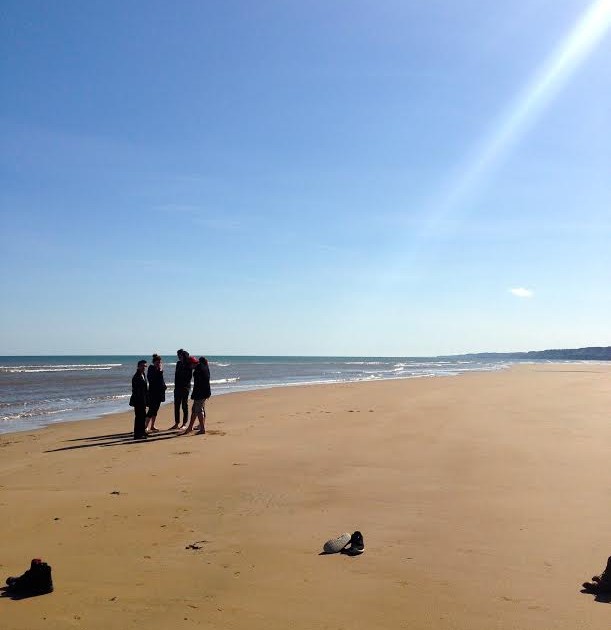
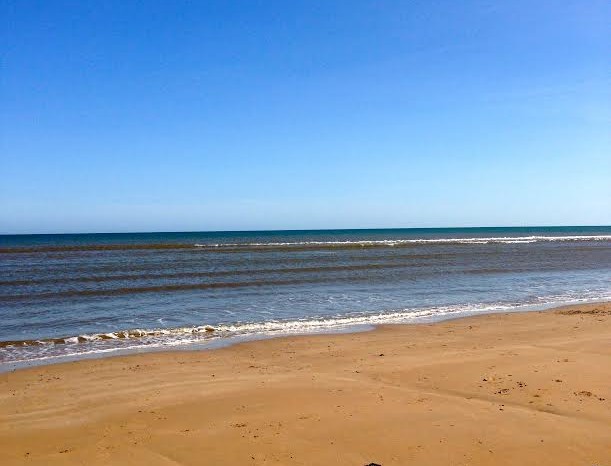

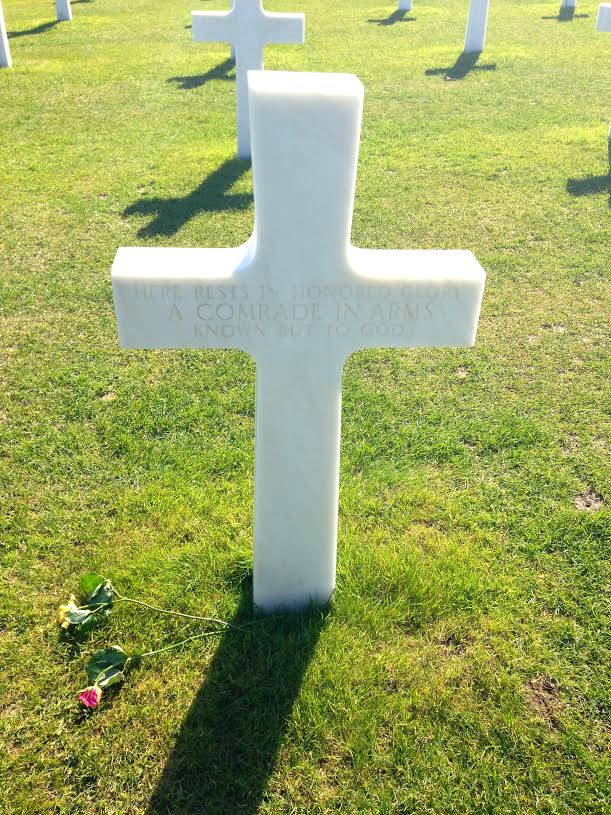
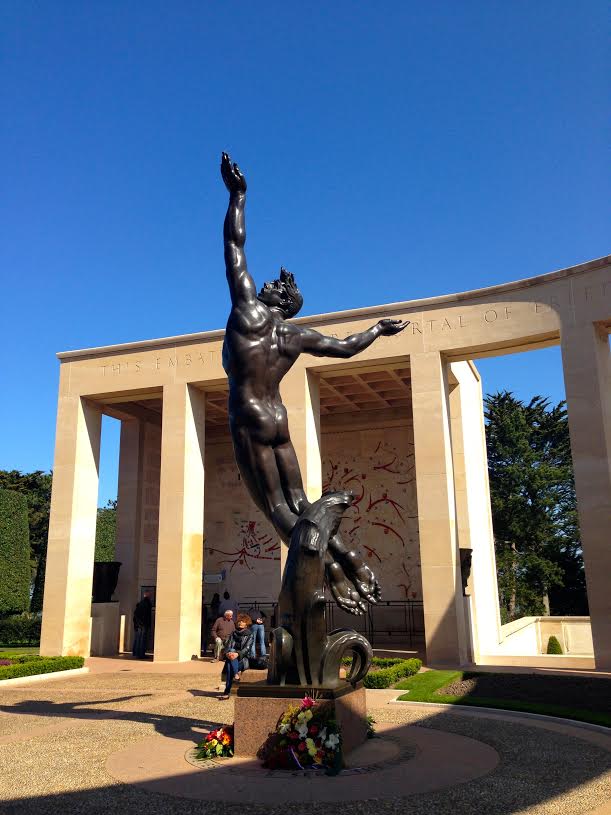
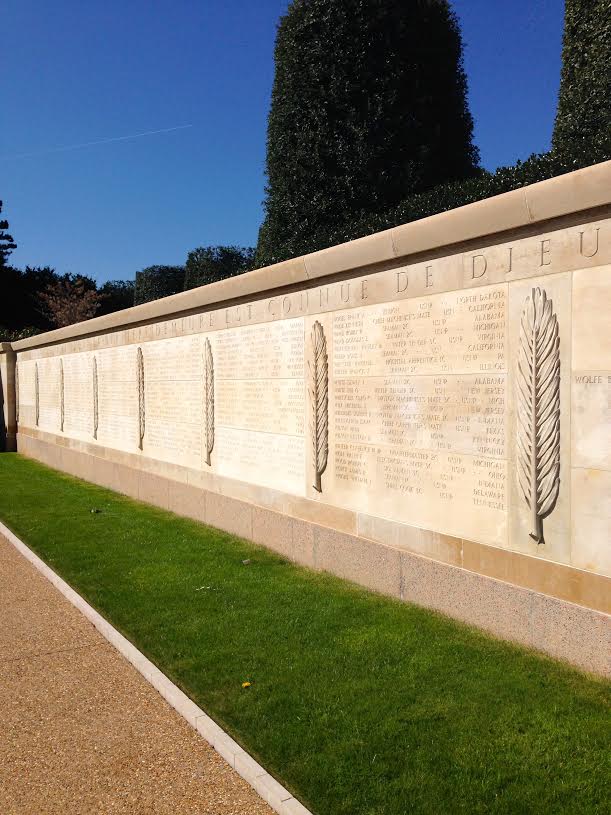
Hi. For information, the US cemetery of Colleville isn’t the biggest US cemetery in foreign soil. It’s the 4th one. Far behind the first one in Manilla, with 17000 headstones !